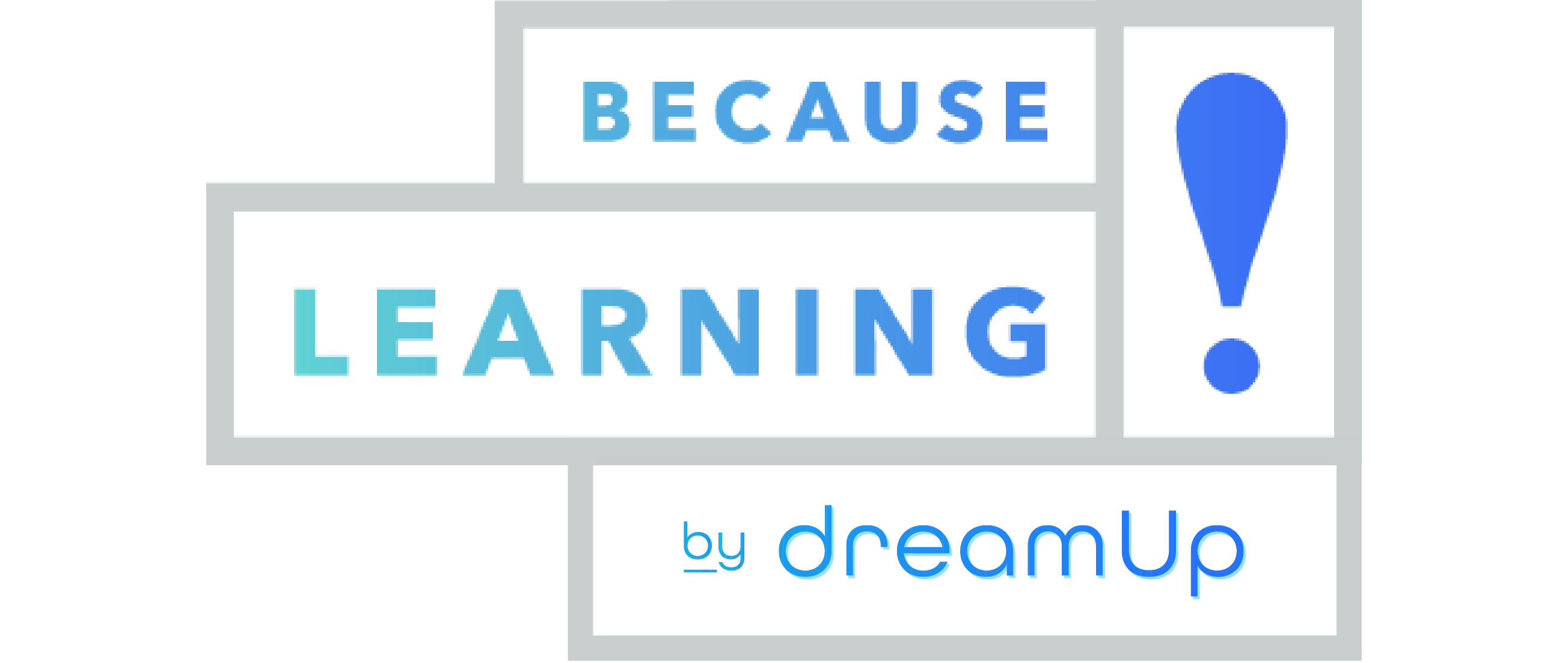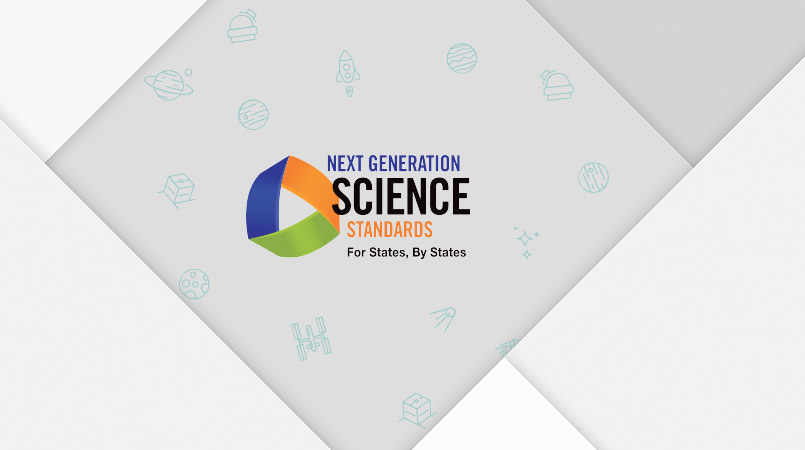Why Standards Alignment is Critical
Because Learning’s content aligns with state and Next Generation Science Standards (NGSS). These standards help students think about the world in a new light. Preparing students to ask questions, define problems, investigate, analyze data, construct explanations, and design solutions increases their college and career readiness.
We designed our curriculum around NGSS, with experiences that enhance the NGSS learning process. Students practice developing models, analyzing data, and designing solutions with labs based on the scientific and engineering design process.
Preview Our Standards-Based CurriculumBecause Learning is strongly connected to every aspect of the NGSS, and is thus a perfect platform for those wanting to enhance their STEM education activities in their schools.
Example Lesson: Sunscreen Science
What principles will your students learn in this lesson?
- Apply scientific principles and provide an explanation
- Develop a predictive model
- Create a computational model
Full Standard List
Elementary School
1-PS4-3 Plan and conduct investigations to determine the effect of placing objects made with different materials in the path of a beam of light.
- 4-PS3-2 Make observations to provide evidence that energy can be transferred from place to place by sound, light, heat, and electric currents.
- 4-PS2-4 Apply scientific ideas to design, test, and refine a device that converts energy from one form to another.
Middle School
- MS-PS4-2 Develop and use a model to describe that waves are reflected, absorbed, or transmitted through various materials.
- MS-ETS1-2 Evaluate competing design solutions using a systematic process to determine how well they meet the criteria and constraints of the problem.
High School
- HS-PS4-3 Evaluate the claims, evidence, and resonating behind the idea that electromagnetic radiation can be described either by a wave model or a particle model, and that for some situations on model is more useful than another.
- HS-ETS1-3 Evaluate a solution to a complex real-world problem based on prioritized criteria and trade offs that accounts for a range of constrains, including cost, safety, reliability, and aesthetics as well as possible social, cultural, and environmental impacts.



